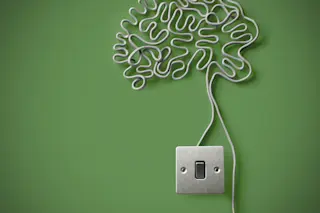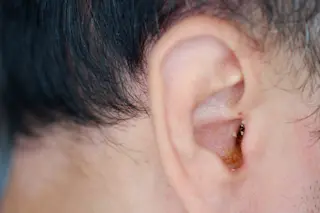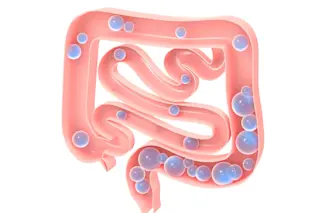Kevin Tracey, a neurosurgeon based in New York, is a man haunted by personal events — a man with a mission. “My mother died from a brain tumor when I was five years old. It was very sudden and unexpected,” he says. “And I learned from that experience that the brain — nerves — are responsible for health.”
This background made him a neurosurgeon who thinks a lot about inflammation. He believes it was this perspective that enabled him to interpret the results of an accidental experiment in a new way.
In the late 1990s, Tracey was experimenting with a rat’s brain. “We’d injected an anti-inflammatory drug into the brain because we were studying the beneficial effect of blocking inflammation during a stroke,” he recalls. “We were surprised to find that when the drug was present in the brain, it also blocked inflammation in the spleen and in other organs ...














